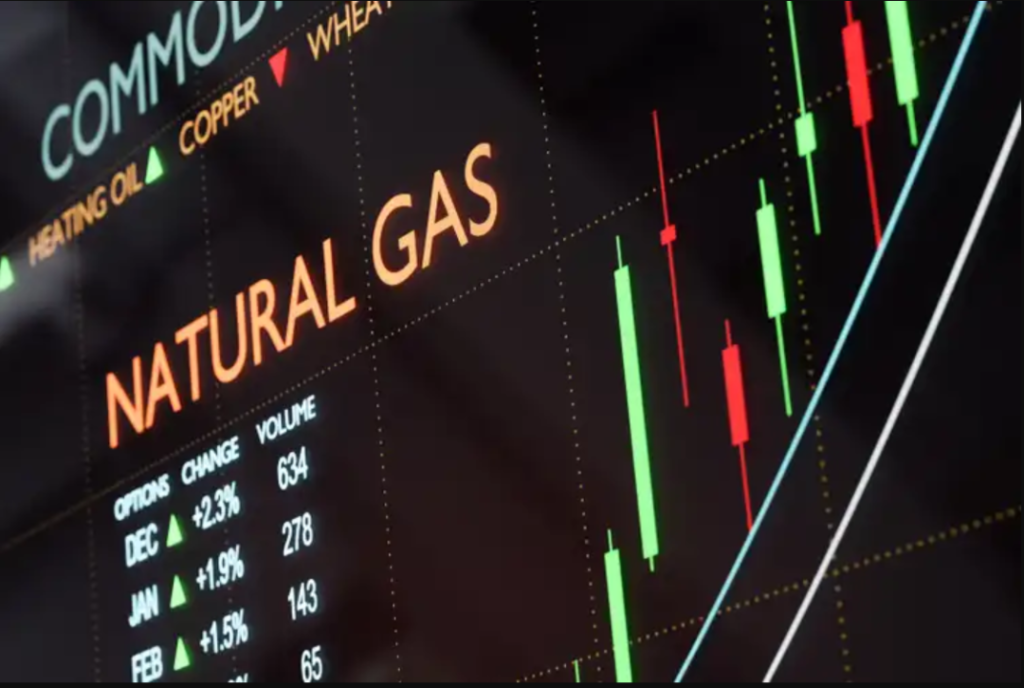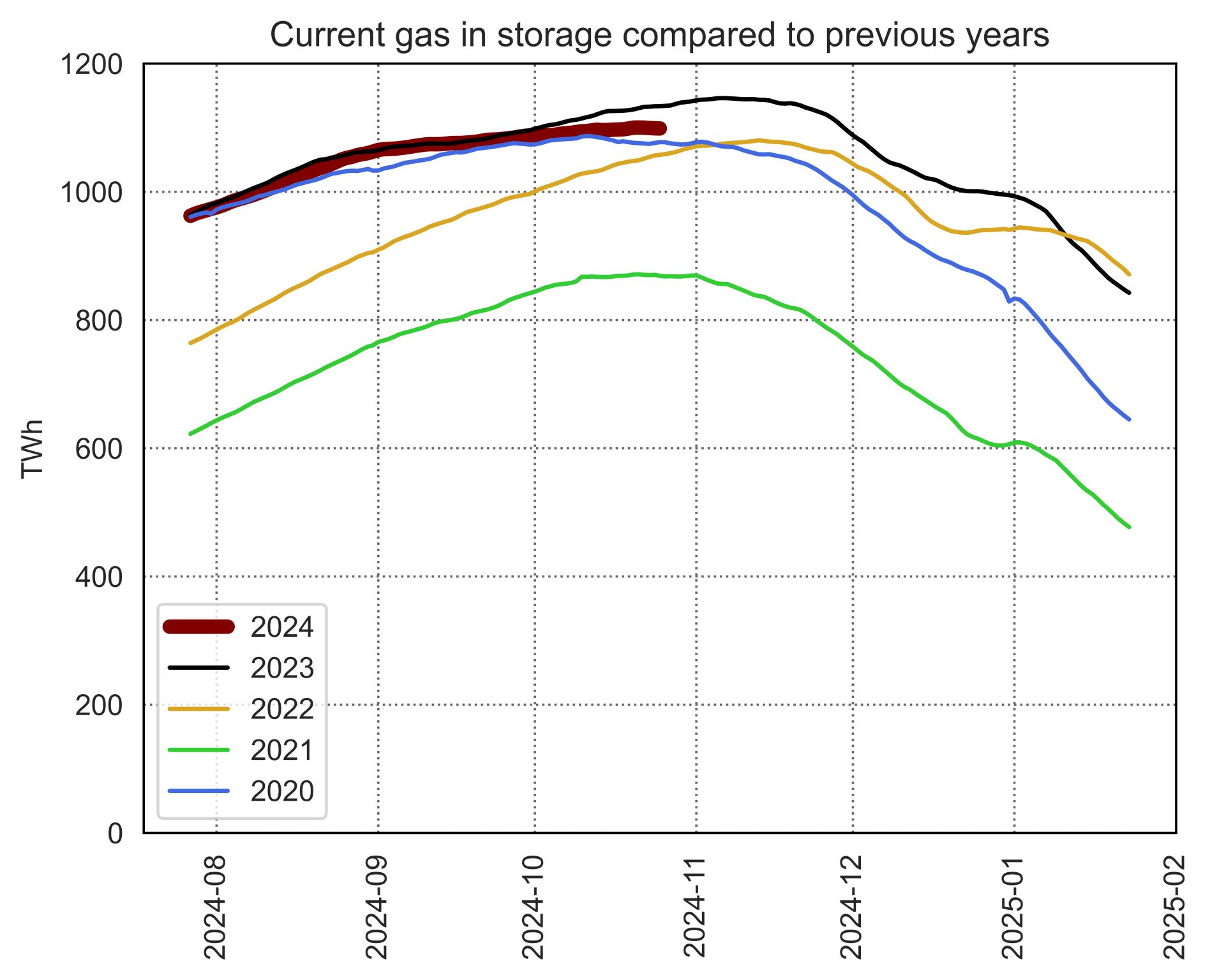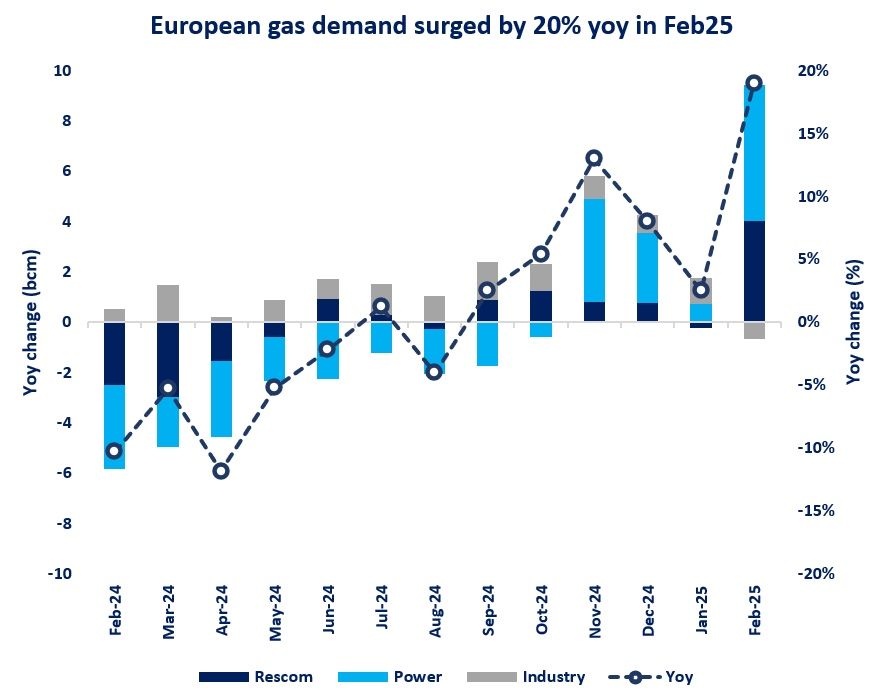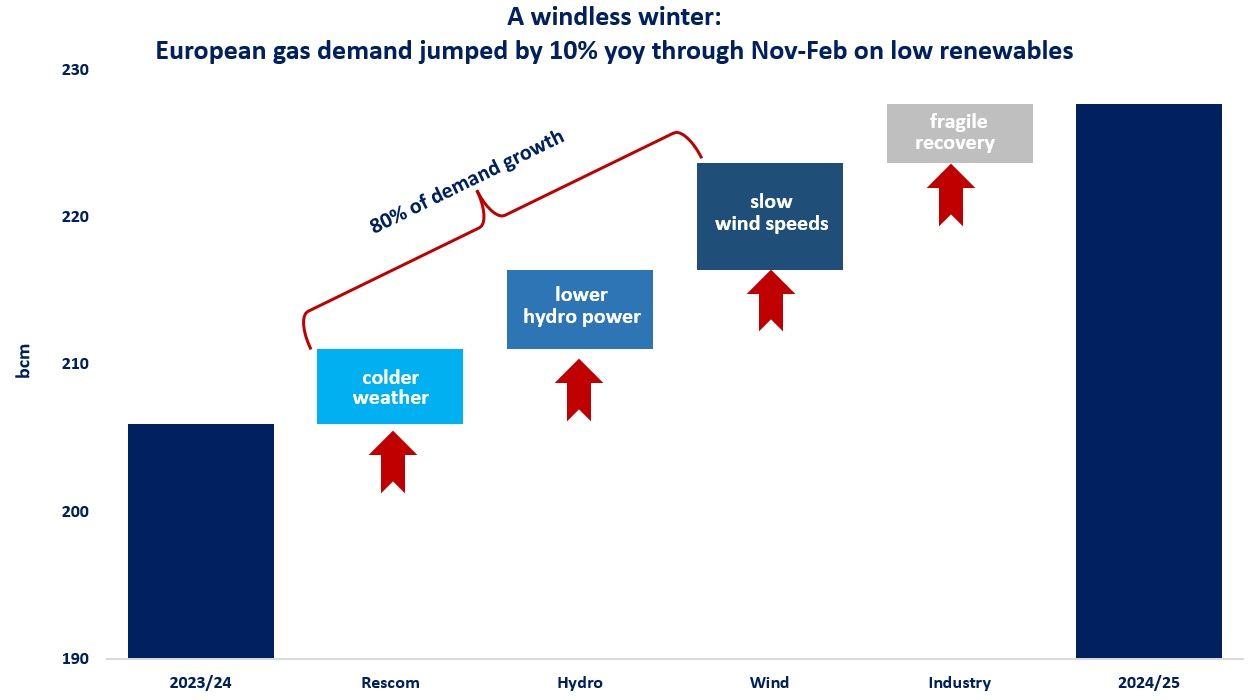

The European gas crisis is raising questions on whether market forces are still properly functioning and whether we should reconsider certain “acquis” of the gas market liberalisation. TTF -Europe’s leading hub- came under severe attacks recently, with both market players and policy makers questioning if it is still fit for purpose, i.e. providing a liquid trading platform and price discovery for gas traded on Continental Europe.
The following article does not aim to provide a judgment call. This would require several month of deep data analysis and a proper investigation carried out by the European Commission/ESMA and/or the Dutch ACM. Here we want to raise some simple, fact-based points for further reflection by the European gas & energy community.
Gas prices on TTF averaged at over $35/mmbtu in the last 12 months -over 7 times their 5-year average. By the end of August they surged to an all-time high of $99/mmbtu.
These record high price levels were accompanied by an extreme volatility and short-term price variability. Price volatility on TTF doubled, while absolute price variability rose by more than eightfold compared to last year in the first 8 months of 2022.

Why does price variability matters? It increases margining costs, or in other words holding positions by market players. The combination of record high prices and all-time high volatility effectively translates into higher risk management costs -which not all market players and utilities can afford. This naturally reduces the number of active market players, which in turn weighs on the liquidity of the hub.
A third aspect of TTF’s “strange” behaviour is its decorrelation from other key European hubs, namely the UK’s NBP and Spain’s MIBGAS. TTF traded at a hefty $15/mmbtu premium compared to NBP since April 2022. This is more than the double of the historic European gas price levels.

The success of TTF was to a great extent built upon the “Dutch Gas Roundabout“, i.e. a top-notch gas infrastructure with plenty of spare capacity on all the interconnectors, easy access to the global LNG market (via GATE), robust underground gas storage and… Grandpa Groningen pumping gas.
Since the beginning of 2022, The European Union suffered its greatest energy supply shock of modern history. The steep fall in Russian flows -about 45 bcm down compared to last year- lead to a rapid reconfiguration of gas flows. Natural gas is now increasingly supplied from the West/South and North -replacing the flows from the East.
As a consequence, the spare capacity on gas infrastructure which would be still able to bring in additional gas volumes, have become increasingly scare through Q2-3 2022. The utilisation rate of GATE hovered close to 100% and similarly the interconnectors with the UK -IUK and BBL- were pretty much maxed out.

Emerging pipeline bottlenecks and exhausted regas capacity had two consequences on the functioning of TTF:
The gas crisis is going on and ideas are floating around on replacing TTF with “something else”.
Two idea seems to stand out in those discussions:
(1) Capping TTF by linking it to JKM, the northeast Asian LNG benchmark. As noted previously, Asian LNG prices have been trading at a discount of close to $10/mmbtu compared to TTF since May. So, why not put +€1/mmbtu on JKM and attract all the LNG to Europe at a lower cost?
There are two issues with this proposal:
1.1. It does not consider the infrastructure component discussed above: gas on the Continent is more expensive than the LNG floating around the European shores mainly because there is not enough spare infrastructure to let it in.
1.2 It does not consider the nature of JKM: JKM is a price assessment by a private Price Reporting Agency and not a hub in itself. JKM covers a fraction of LNG trades, does not give a full transparency, has a rather low liquidity and reflects the northeast Asian market fundamentals.
(2) Creating a brand new European LNG index/gas hub: this proposal largely overlooks again the infrastructure issue and does not consider the fact that it takes decades to build-up a liquid, well-trusted hub which is reflective of the underlying supply-demand fundamentals.
Policy-makers are right to look at the functioning of TTF. A proper investigation should be carried out to assess whether market manipulation/speculative forces have contributed to the current surge in prices and extreme volatility. As the financialization of gas trading grows, the introduction of closer financial surveillance could be considered.
Such investigations typically takes several months. Innocent until proven guilty should apply for TTF as well. Giving a judgement before that could undermine the credibility of the most liquid and widely traded European gas hub.
And lets the gas infrastructure do its job. The new Eeemshaven LNG terminal, together with the expansion of GATE and the potential debottlenecking of Bacton in the UK would allow for a greater gas and LNG inflow into the TTF market area in the coming months. This should reduce TTF’s premium vs NBP/LNG already in the near term.
Source: Greg Molnar (LinkedIn)













